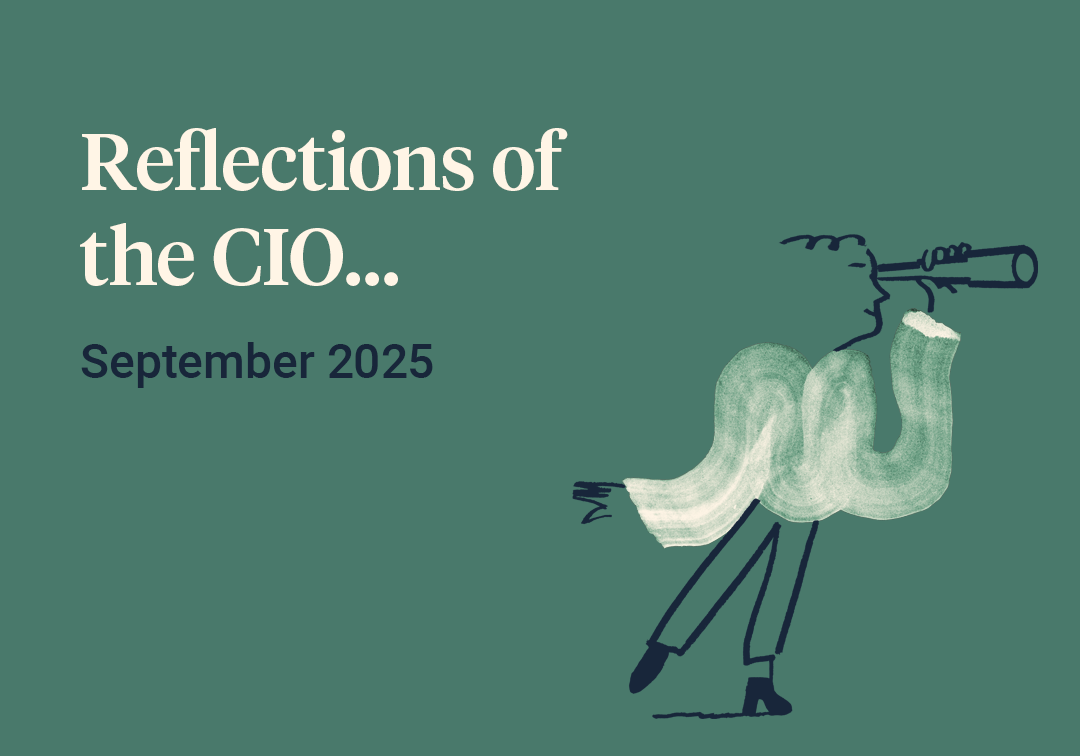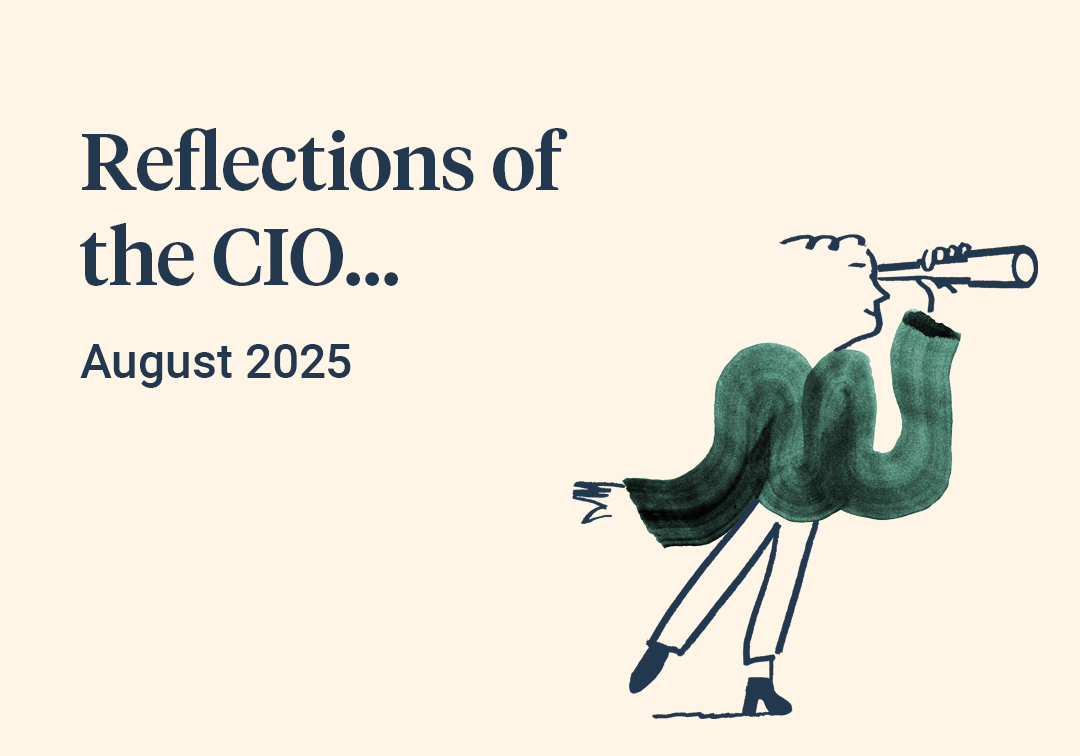February was another busy month, marked by a flurry of activity and sharply contrasting market performances between different geographies. There was a definite change in mood (a ‘vibe shift’ according to the FT’s Unhedged column[1]) as US equities stalled, falling sharply into month end and ending up erasing all their cumulative gains of the year so far.[2] By contrast, European and UK equities had a good month, despite the issue of tariffs continuing to hang over both.[3]
This contrasting performance between regions had its roots in a subtle shift in investor perceptions surrounding economic outlooks, especially when compared to initial expectations. Europe, overall, is picking up, helped by interest rate cuts and the prospects for peace in Ukraine.[4] The picture in the UK is more complicated but given depressed expectations for both regions it doesn’t take much to incrementally change the mood. During February, the catalyst for change was a stream of weaker than expected US economic data, covering everything from the housing market to consumer confidence and corporate expectations reports. Although each individual report had its own particular twists, the overall picture was one of a cooling in the US economy, which investors worried would gain traction in the months ahead.
While underlying economic trends driven by multiple factors shaped the shift in mood, it was also becoming increasingly clear that, at the margins, some of the new administration’s policy actions were starting to influence the confidence of the crucial US consumer. Job losses under Elon Musk’s DOGE initiative have been making headlines in the US and are beginning to bleed into consumer confidence surveys.[5]When coupled with the macroeconomic impact of potential and actual tariff announcements, the overall level of economic ‘policy uncertainty’ globally has now shifted even higher than it was during Covid or the Great Financial Crisis of 2008.[6]



